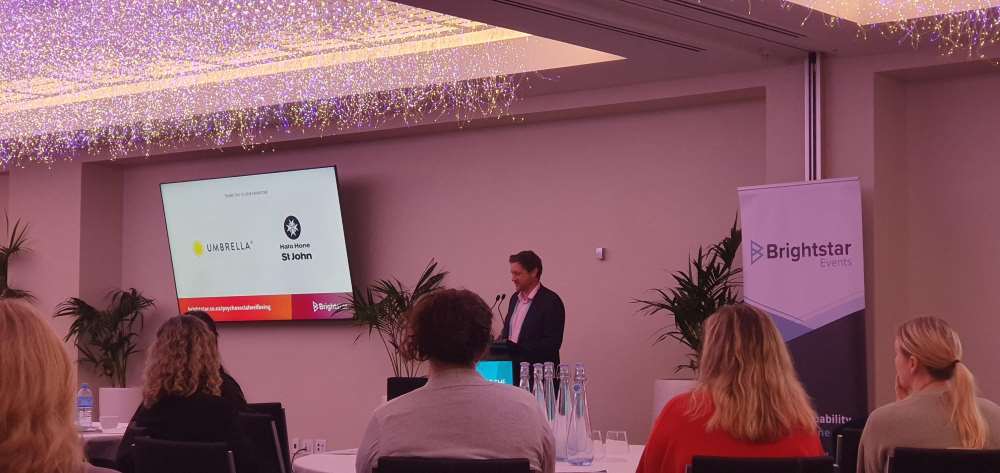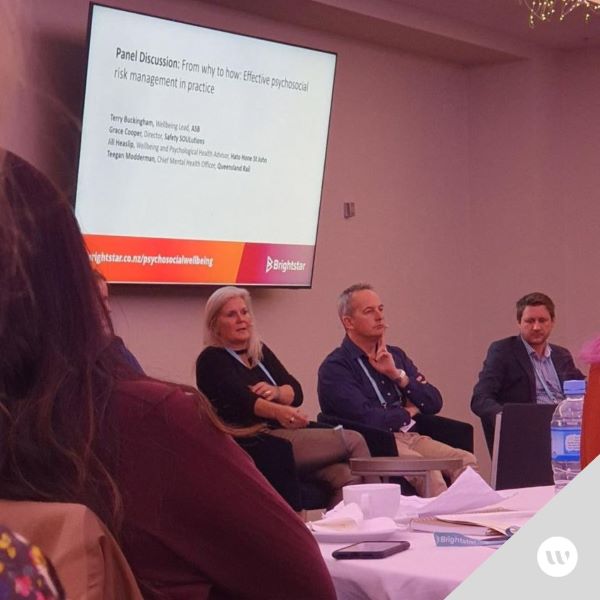At the Brightstar Psychosocial Risk Management conference in Auckland on 31 July 2024, experts emphasised that even small actions towards addressing these risks are better than none as businesses have a legal duty of care for workers' health, including mental health.

Understanding psychological safety
What is psychosocial safety?
At the conference, experts shared various insights into the definition of psychosocial safety at work. Grant Nicholson, a leading health and safety lawyer in New Zealand, explained that “psychosocial risk encompasses work design, environment, and relationships. It’s about how we think, feel, and behave at work.”
He described psychosocial hazards as aspects of the work environment that can cause stress responses in workers, potentially leading to psychological or physical harm. These hazards can arise from work design, leadership, social factors, or the requirement to perform tasks in hazardous environments.
Dr Georgi Toma, Director of Heart and Brain Works, pointed to research showing that the most severe psychosocial risks today include offensive behaviours, violence, cyberbullying, incivility, harassment, and threats of violence.
The complexity of psychosocial risks
One of the challenges of psychosocial risks, according to Dr John Fitzgerald, Manager of Mentally Healthy Work at WorkSafe New Zealand, is their complexity, which is highlighted by their multi-causality and multi-finality.
Want to read more?
Sign in below if you're a Revolutionary (member).
Not a member yet?
Join in seconds! Just $10/month (+ any tax).
Cancel anytime.
Be a revolutionary and join now










